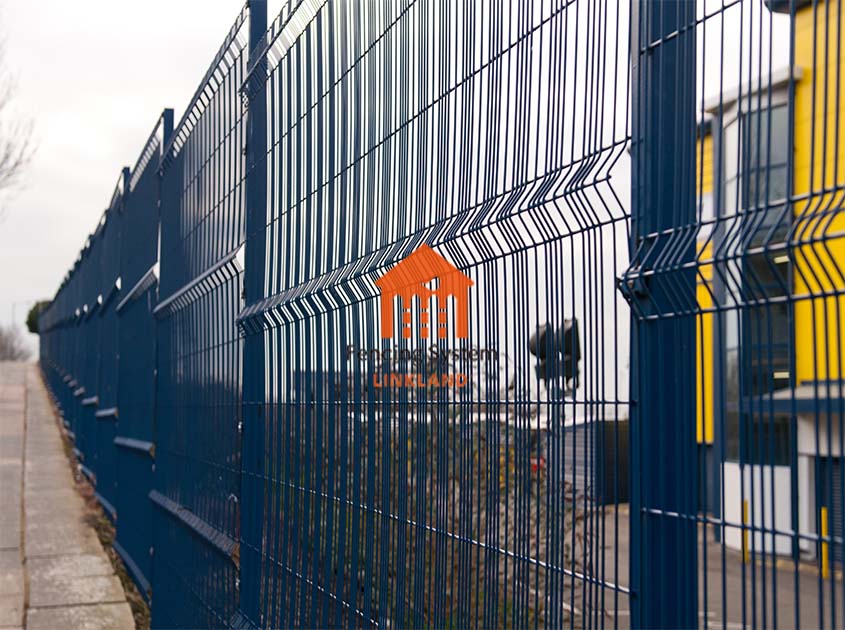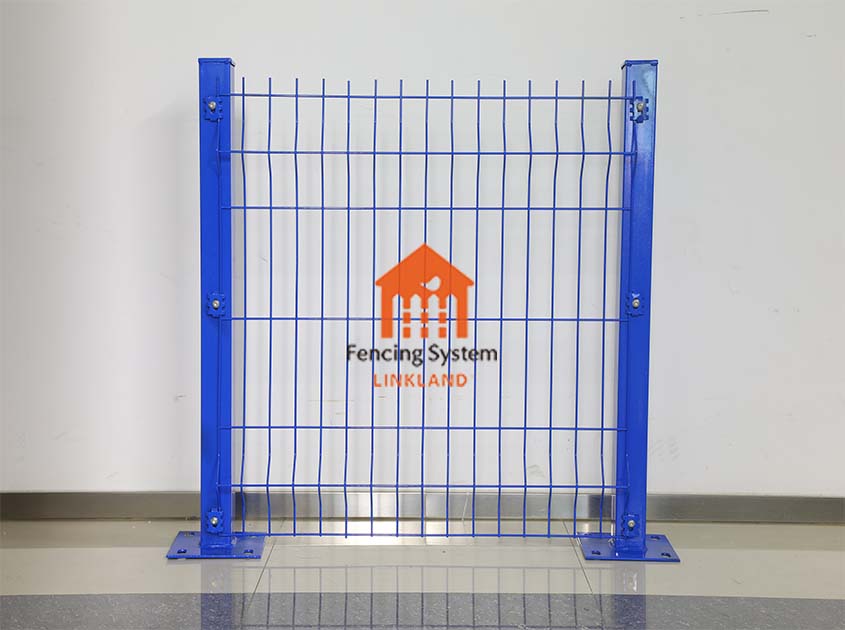3D fence is a new type of fence design with three-dimensional sense and aesthetics. In sustainable design practices, 3D fencing can have the following impacts.

Material Selection
Material selection for 3D fencing is very important to sustainable design practices. Since 3D fences usually use materials such as metal and stone, the environmental impact and sustainability of these materials need to be considered. For example, you can choose to use recycled or reusable materials to reduce resource consumption and environmental pollution.

Energy Saving Design
The energy-efficient design of 3D fences is also an important part of sustainable design practices. Through technologies such as lighting and solar energy, the 3D fence can maintain light and temperature at night and in different seasons. This reduces energy consumption and increases the sustainability of the 3D fence.

Eco-design
The ecological design of 3D fences can also have an impact on sustainable design practices. For example, plants can be planted around the 3D fence to improve its aesthetics and environmental adaptability. At the same time, the impact of the 3D fence on the surrounding ecological environment can be reduced through design and material selection, thereby improving its sustainability.
Social Responsibility
The design and use of 3D fences also need to consider social responsibility. For example, the needs of vulnerable groups such as the disabled, the elderly, and children can be considered in the design and use of 3D fences. At the same time, awareness and action on sustainable design practices can be increased through public education and advocacy.
Pre:anti-climb fence in Critical Infrastructure Design: Creating Safe and Secure Facilities
Next:anti-climb fence: A sustainable solution for long-term perimeter protection